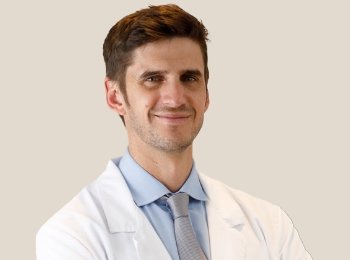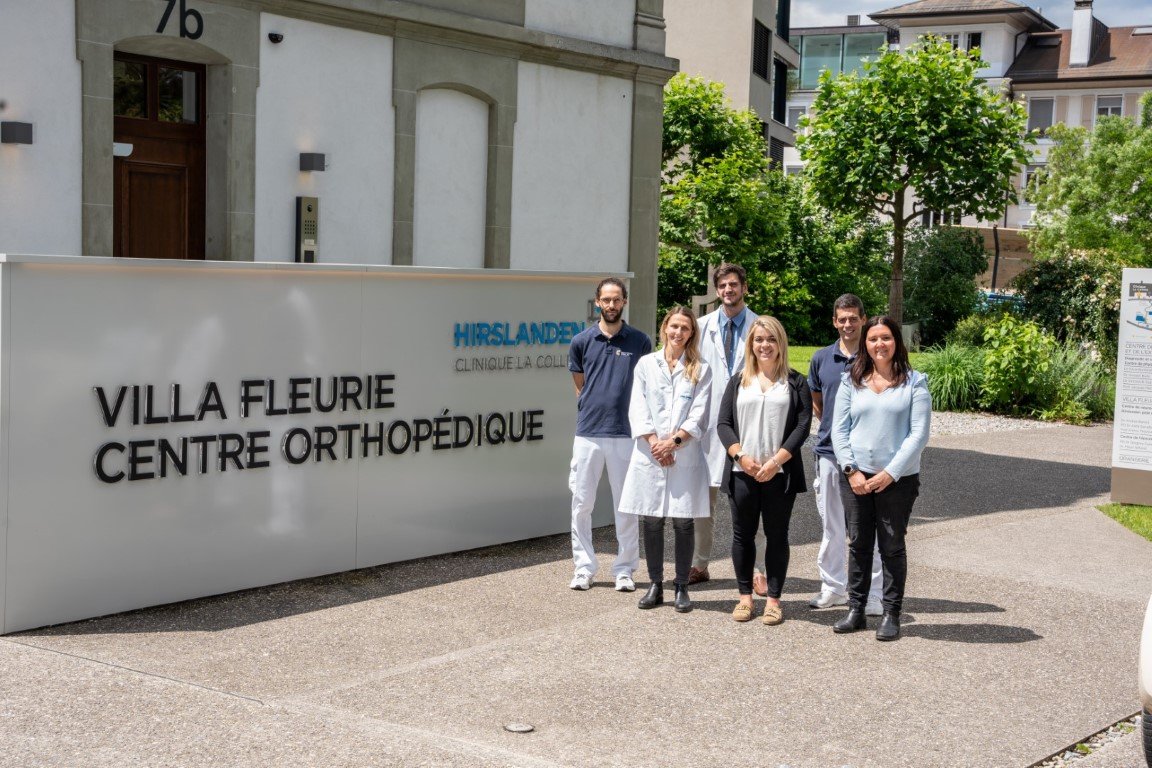Publication: EFORT Open Rev. 2021 Sep 14;6(9):771-778. doi: 10.1302/2058-5241.6.200147. eCollection 2021 Sep.
Co-authors: Kuffer J, Taha ME, Hoffmeyer P, Cunningham G.
Abstract:
The main goal of this study was to determine the rate of return to sport (RTS) after shoulder arthroplasty.A systematic review of the literature was performed using the PRISMA guidelines. All clinical studies written in English, French or German, with a level of evidence of 1 to 4, and evaluating return to sport after shoulder arthroplasty, were included.A total of 23 studies were included with 2199 patients who underwent hemiarthroplasty (HA), anatomic total shoulder arthroplasty (TSA) or reverse total shoulder arthroplasty (RSA). Mean age was 68 years (range 18 to 92.6), sex ratio (male:female) was 1:1.5. The surgery was performed on the non-dominant/dominant shoulder in 1:1.8 cases. The mean follow-up was 4.2 years. The rate of RTS was 75.5% with a mean time of 7 months. It was 77.4% for TSA, 75% for RSA and 71.2% for HA (P = non-significant).RTS after shoulder arthroplasty is high, regardless the type of arthroplasty, with a trend for a higher rate after TSA. Patients who were able to maintain a sport activity preoperatively had a greater chance of RTS after arthroplasty. Failure to RTS seems to be mostly linked to the severity of the underlying condition and length of preoperative disability. Cite this article: EFORT Open Rev 2021;6:771-778. DOI: 10.1302/2058-5241.6.200147.




